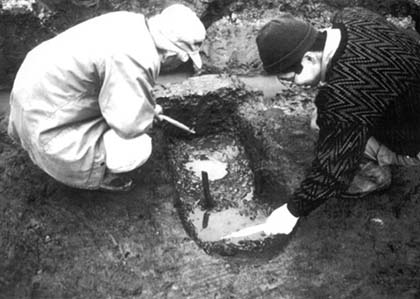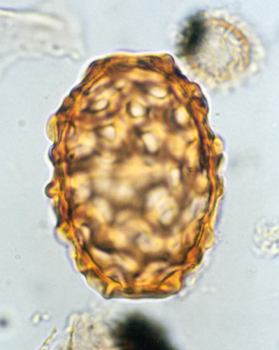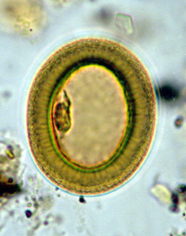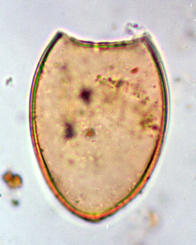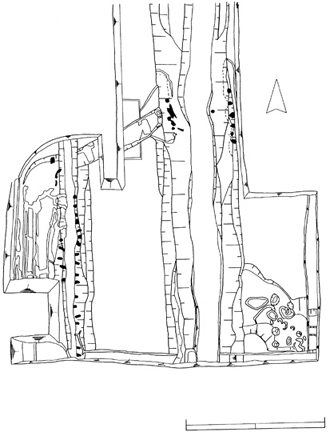The development of palaeoparasitology in Japan has occurred in recent decades. Despite the fact that archaeology in Japan has been slow to develop techniques for excavating ancient toilets, important information about the development of sanitation has been derived from the analysis of a few sites. This shows that the earliest people had very simple methods of sanitation. As populations increased, sanitation became more complex. Ditches surrounding early towns were used for excrement disposal. Eventually distinct toilets were developed followed by cesspit type toilets and flushing toilets. The parasites recovered from these toilets include many species that infect humans today. These parasite spectra reflect local use of aquatic, marine, and land animals. Fecal borne disease was an increasing problem as represented by whipworm and ascarid roundworm eggs. Interestingly, ascarid roundworms were absent in the earliest cultures and only became common with rice agriculture. Finds of pollen and seeds in toilet sediments reveal the use of medicinal plants to control the emerging problem of parasites.
palaeoparasitology; sanitation; archaeology; Japan


